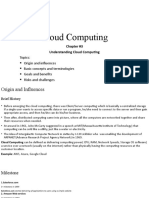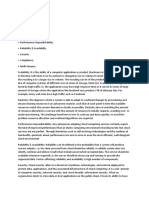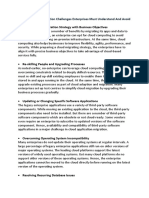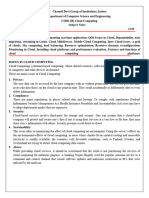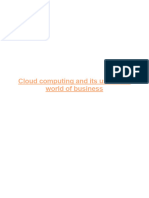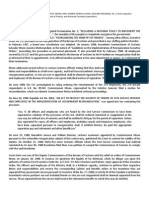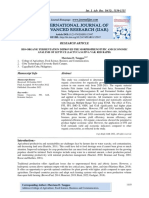0% found this document useful (0 votes)
31 views23 pagesCloud Computing Issues and Challenges
The document discusses various issues and challenges associated with cloud computing, including data security concerns, the need for proper vendor selection, and the complexities of real-time monitoring. It highlights obstacles such as cultural resistance, cost barriers, lack of knowledge, and the risks of unauthorized service providers. Despite these challenges, the document emphasizes that the benefits of cloud computing can outweigh the risks if organizations find suitable solutions and strategies for implementation.
Uploaded by
Aryanshu PatnaikCopyright
© © All Rights Reserved
We take content rights seriously. If you suspect this is your content, claim it here.
Available Formats
Download as PDF, TXT or read online on Scribd
0% found this document useful (0 votes)
31 views23 pagesCloud Computing Issues and Challenges
The document discusses various issues and challenges associated with cloud computing, including data security concerns, the need for proper vendor selection, and the complexities of real-time monitoring. It highlights obstacles such as cultural resistance, cost barriers, lack of knowledge, and the risks of unauthorized service providers. Despite these challenges, the document emphasizes that the benefits of cloud computing can outweigh the risks if organizations find suitable solutions and strategies for implementation.
Uploaded by
Aryanshu PatnaikCopyright
© © All Rights Reserved
We take content rights seriously. If you suspect this is your content, claim it here.
Available Formats
Download as PDF, TXT or read online on Scribd
/ 23
















